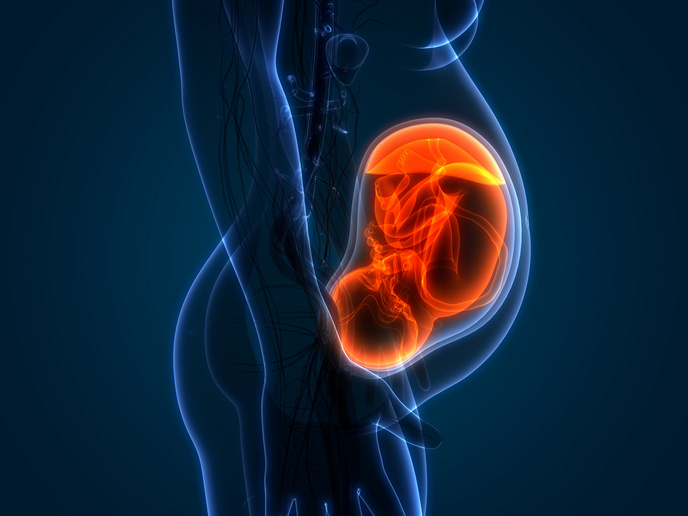Breaking down the Trojan Horse of HIV
Dendritic cells (DCs) are the professional antigen-presenting cells of the immune system. They patrol our bodies, recognise and capture pathogens to present them to other immune cells, and trigger appropriate responses. HIV-1, the causative agent of AIDS, infects CD4 T cells, thereby leading to progressive failure of the immune system. AIDS is often linked with Kaposi's sarcoma, a herpesvirus-associated type of cancer, and other opportunistic infections that patients are unable to fight off. A recent discovery has shown that DCs are resistant to HIV-1 infection, suggesting that the virus may remain hidden in these cells and uses them as a Trojan Horse until it encounters its 'true' targets. Further insight into the mechanism indicates that DCs contain the enzyme SAMHD1 that degrades any excess DNA found in the cell, thereby halting virus replication. SIV and HIV-2 overcome the action of SAMHD1 through Vpx, a protein that is absent from HIV-1. The EU-funded 'HIV and dendritic cells: The immunologycal and virological roles of SAMHD1' (HIV INNATE IMMUNITY) project worked to extend these findings and provide further insight into the role of SAMHD1 in HIV-1 infection. Given that HIV-1 spreads through cell contact, researchers developed a system of cell-to-cell virus transmission to evaluate the effect of SAMHD1. Experimental results showed that SAMHD1 is active during cell-to-cell transmission, prohibiting the induction of immune responses. When scientists removed SAMHD1 by adding the Vpx protein, DCs could detect and become infected by HIV. Ongoing comparative work between HIV-1 and HIV-2 on DCs should offer interesting insights into the infectivity differences of the two viral strains. In the battle against HIV, understanding the mechanisms underlying virus immune evasion is of paramount importance. Although high anti-retroviral therapy has successfully managed to control virus replication, eradicating the viral reservoirs within cells should mark the next generation of therapies.







